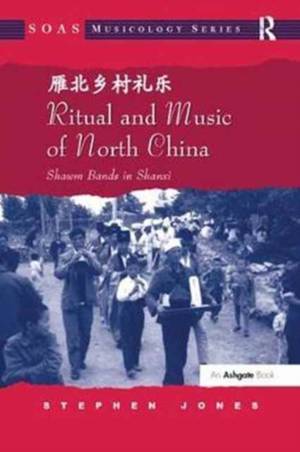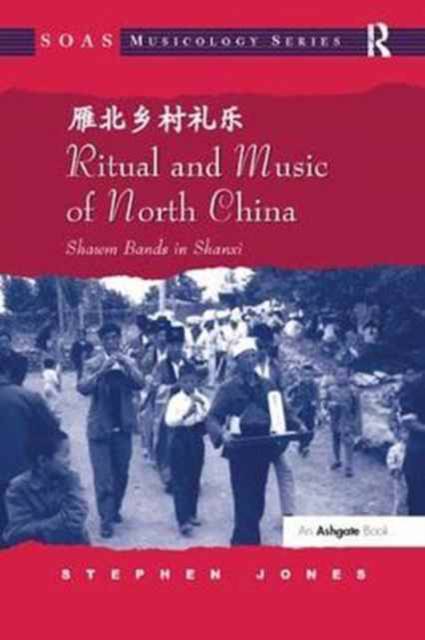
- Afhalen na 1 uur in een winkel met voorraad
- Gratis thuislevering in België vanaf € 30
- Ruim aanbod met 7 miljoen producten
- Afhalen na 1 uur in een winkel met voorraad
- Gratis thuislevering in België vanaf € 30
- Ruim aanbod met 7 miljoen producten
Zoeken
Omschrijving
The rich local traditions of musical life in rural China are still little known. Music-making in village society is largely ceremonial, and shawm bands account for a significant part of such music. This is the first major ethnographic study of Chinese shawm bands in their ceremonial and social context. Based in a poor county in Shanxi province in northwestern China, Stephen Jones describes the painful maintenance of ceremonial and its music there under Maoism, its revival with the market reforms of the 1980s and its modification under the assault of pop music since the 1990s. Part One of the text explains the social and historical background by outlining the lives of shawm band musicians in modern times. Part Two looks at the main performing contexts of funerals and temple fairs, whilst Part Three discusses musical features such as instruments, scales, and repertories. The downloadable resources consist of a 47-minute film in two parts, showing excerpts from funerals and temple fairs (complementing Part Two of the text), while a separate section contains a magnificent 1992 funerary performance of a complete shawm-band suite. As a package, the book and downloadable resources illuminate the whole ceremonial context of music-making in rural China, illustrating the ritual-music experience of villagers, with lay Daoist priests, opera troupes, and beggars also making cameo appearances. While the modern stage repertories of urban professionals remain our main exposure to Chinese music, this publication is all the more valuable in showing the daily musical experiences of the majority of people in China. It will appeal to ethnomusicologists, anthropologists and all those interested in modern Chinese history and society.
Specificaties
Betrokkenen
- Auteur(s):
- Uitgeverij:
Inhoud
- Aantal bladzijden:
- 148
- Taal:
- Engels
- Reeks:
Eigenschappen
- Productcode (EAN):
- 9781138056725
- Verschijningsdatum:
- 14/06/2017
- Uitvoering:
- Paperback
- Formaat:
- Trade paperback (VS)
- Afmetingen:
- 156 mm x 233 mm
- Gewicht:
- 225 g

Alleen bij Standaard Boekhandel
+ 132 punten op je klantenkaart van Standaard Boekhandel
Beoordelingen
We publiceren alleen reviews die voldoen aan de voorwaarden voor reviews. Bekijk onze voorwaarden voor reviews.











